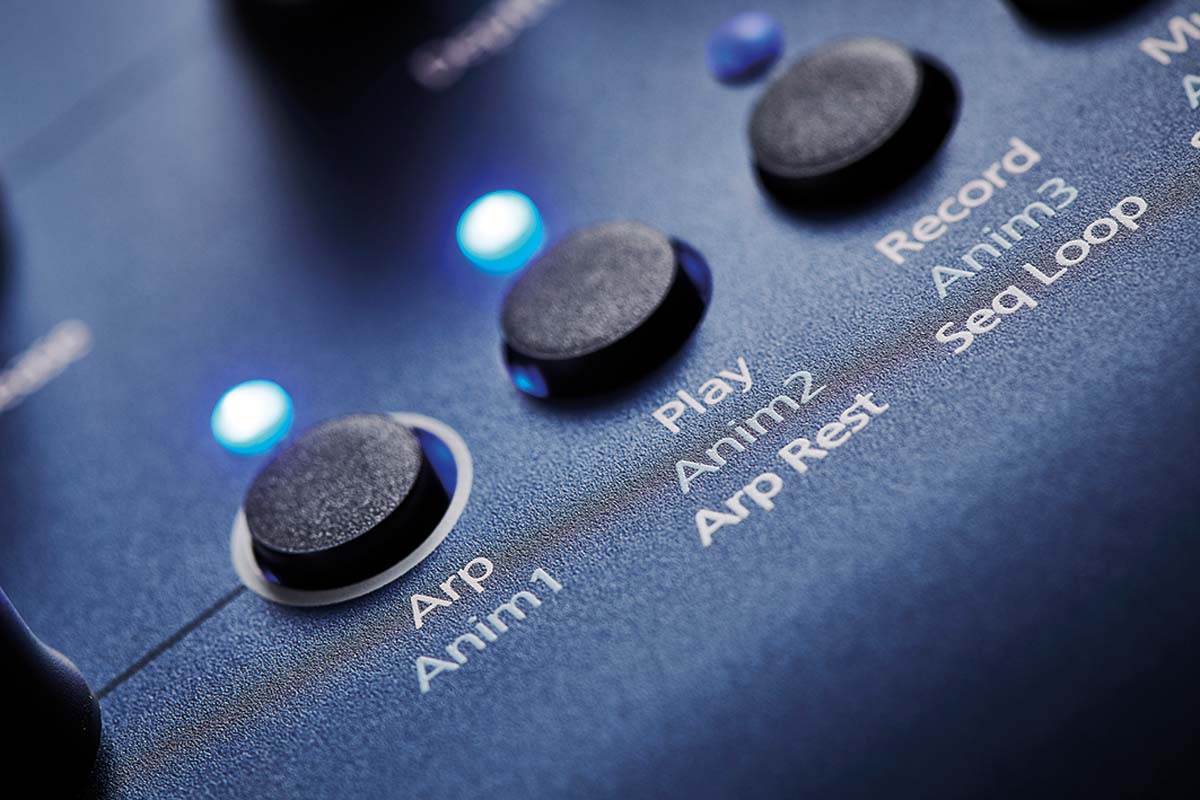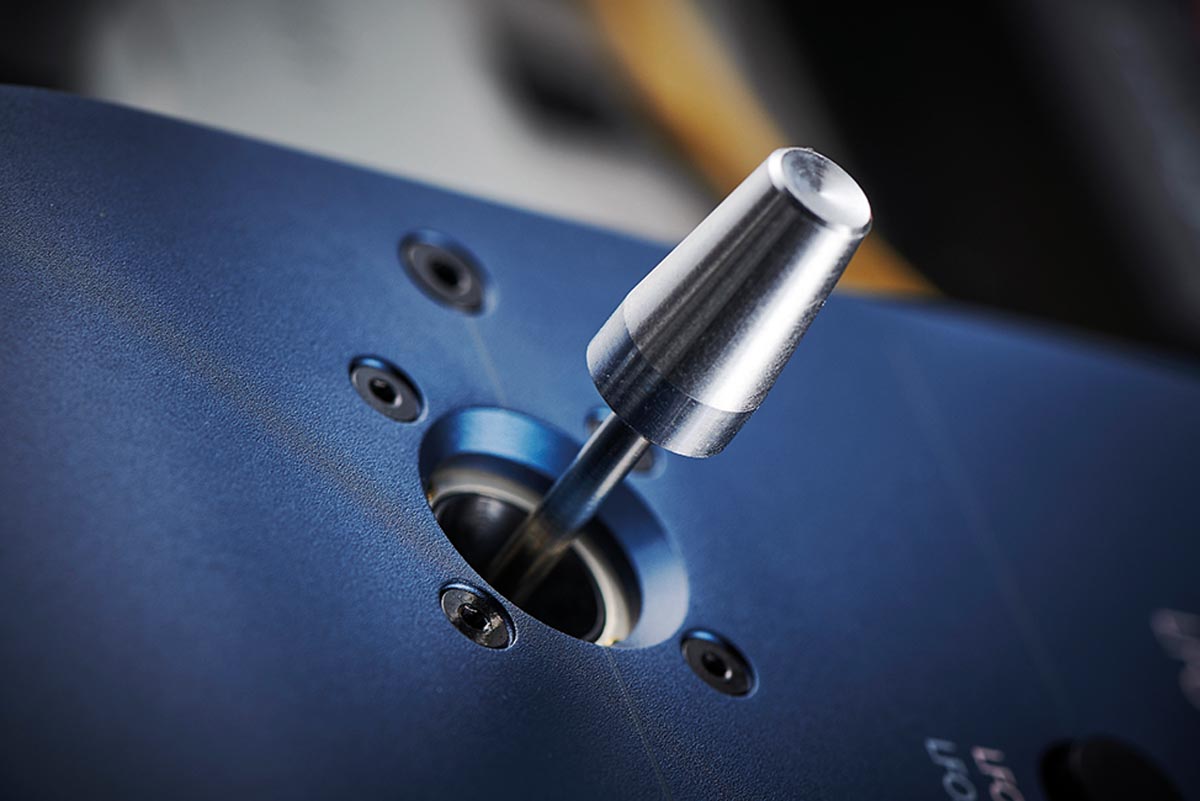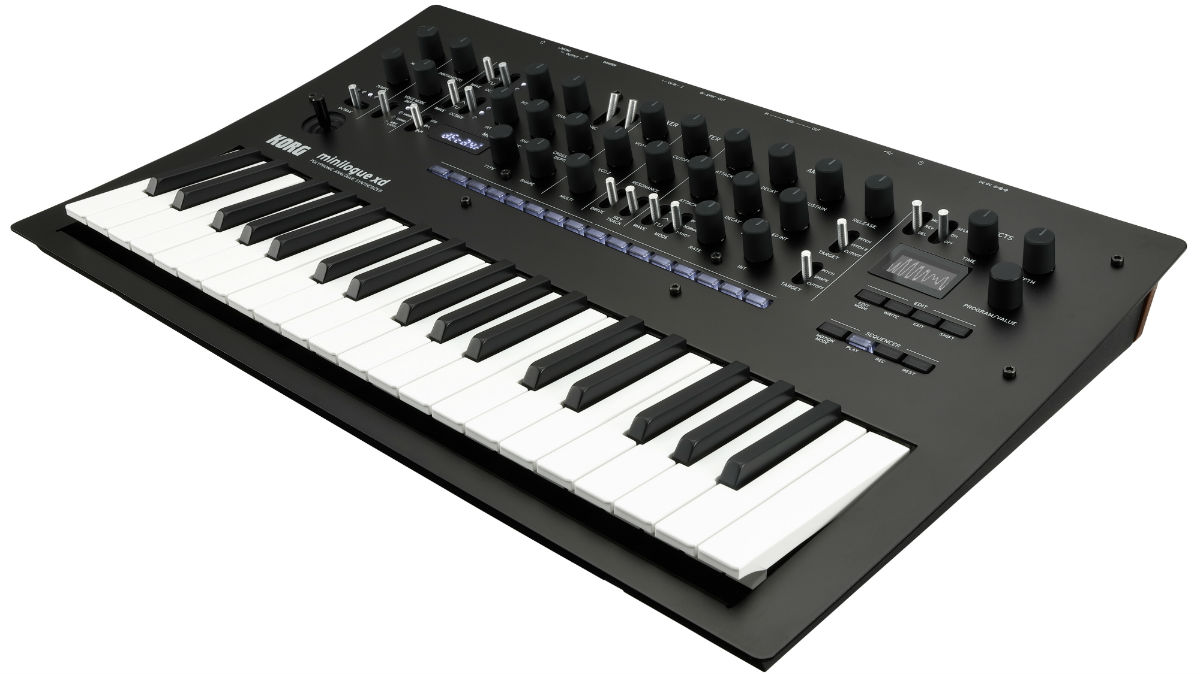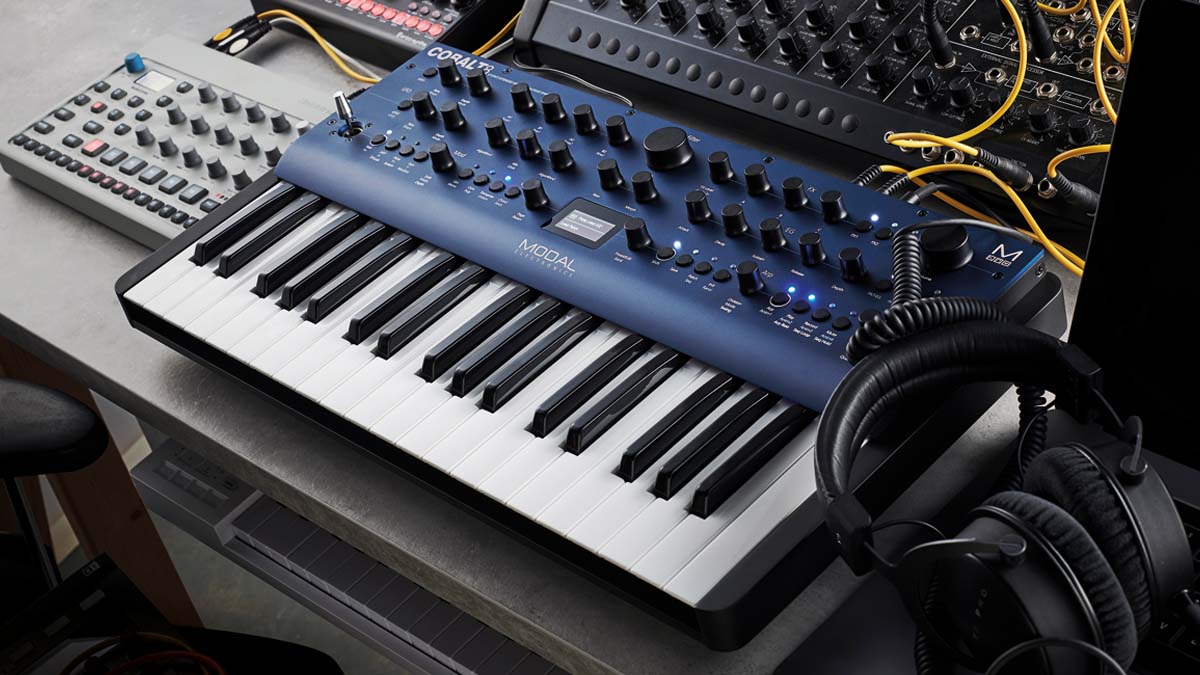MusicRadar Verdict
Another brilliantly unique-sounding Modal machine! Very flexible for its price and a powerful editor plus MPE give it futuristic appeal.
Pros
- +
Sounds on the money.
- +
Can be poly chained with other Cobalts for up to 16 voices.
- +
Plenty of voice modes.
- +
Very solid build quality throughout.
- +
Largely intuitive.
- +
Audio input for running external audio into the effects.
Cons
- -
The effects, while complementary, lack magic.
- -
Sometimes there are a few too many button presses to access some functionality.
MusicRadar's got your back
What is it?
I very much enjoyed reviewing the first of Modal’s new synth products – the Wavetable-focused Argon 8 – especially in these crazy times, it’s great to see another UK synth company go from strength to strength and launch another range; this time the very blue Cobalt series!
Modal’s latest synth features a 37- key compact model (known simply as the Cobalt 8), a 5-octave ‘X’ version for the players out there, and a module/desktop version, the Cobalt M.
In our review of the Argon 8, we said how nice it’d be to have a 4- or 5-octave version. Lo and behold, not long after, the X and M versions arrived – so it’s great to see the whole range of sizes and form factors available at launch here too.
For this review, Modal sent us the standard 37-key version, but there is nothing standard about this 37-key keyboard. It’s a premium Fatar keybed with full-size keys and aftertouch (not normally found on smaller keybeds) and it’s very satisfying to play.
The switchgear and knobs all feel high quality, the OLED screen displays all info to do with your sounds clearly and generally, the interface is easy enough to use
To save on extra design cost (we assume) and to unify the product ranges, Modal have sensibly chosen to use the exact same high quality (and nicely weighty) metal cases and interface/layout for each product in the Cobalt series, but beyond the interfaces, the Argon and Cobalt are nicely different machines.

We’ll note again here that the switchgear and knobs all feel high quality, the OLED screen displays all info to do with your sounds clearly and generally, the interface is easy enough to use.
In terms of expression, though, there are no separate mod and pitch wheels; we have the same lovely joystick as found on the Argon-8, which helps once again to keep the form-factor compact. I’m a big fan of joysticks, though one disadvantage is you can’t leave mod on (as with a mod wheel), while moving pitch independently – potentially frustrating.
Want all the hottest music and gear news, reviews, deals, features and more, direct to your inbox? Sign up here.
Once you direct an LFO or other mod source in their direction, the algorithms start to animate and morph, giving all sorts of moving and almost wave sequenced-like textures
In sound engine terms, the Cobalt is an eight-voice synth based on what modal call ‘extended virtual analogue’ synthesis. While the Cobalt can make killer ‘bread and butter’ sounds (fat basses, searing leads, warm pads etc), it can go into altogether more unusual territories when selecting from the 34 algorithms (found in osc groups 1 and 2; each containing 34 algorithms per-oscillator group).
You’ll find types such as metal square, ring mod tri, fractal saw and VA (bit) crushed, just to give you an idea of the more off-kilter shapes available. The real beauty here is when you then go and use the A1/B1 and A2/B2 knobs, which each govern unique functions for the selected algorithm.
So, for example, parameters like weight, sub, width and spread appear via these controls to twist and expand on the basic waves.
Of course, these can be modulated too and once you direct an LFO or other mod source in their direction, the algorithms start to animate and morph, giving all sorts of moving and almost wave sequenced-like textures. You can really get in among the cracks to extract altogether other-worldly, sci-tronic vibes!

Sequencer, arp, effects
Like its cousin the Argon, the Cobalt 8 features the same real-time polyphonic sequencer which holds up to 512 notes over 16 steps (four bars) and also four animation (modulation) lanes into which you record parameter tweaks.
You can record modulation/knob tweak data into the sequencer and sequences can be independent or linked to patches. Again, you’ll find Sequence Loop (where you can highlight a particular area in a sequence to loop), or Sequence Hold (basically an instant ‘beat repeat’ effect).
The 32-step monophonic arp is also fully programmable/transposable with several modes, time divisions and swing too. Finally, there are three effect slots onboard with 11 modulatable effect types available including reverb, delays, lofi, et al.
Performance and verdict
The flexibility of these oscillators/algorithms/engines is very forward-thinking in implementation with a good range of direct controls available. Finally, (like the Argon 8) you can freely mix between the two available osc algorithms using the mix control (modulatable via the joystick or mod routes) and there’s a very useful drift control that adds more analogue vibe to the stable VA oscs.
Morphing is again central not only to the algorithms onboard but also the filter section. Each of the four main VA filter types actually has different filter types/responses contained within, accessed via the morph control (found in the centrally-placed filter section).
You have three audio-rate capable LFOs, three envs and eight mod-matrix slots with 12 modulation sources and 55 modulation destinations. All nicely quick to set up
For example, if you take the fat-sounding resonant low-pass filter and turn or modulate the filter morph parameter, the filter will smoothly evolve from 4-pole to band-pass to 1-pole.
Or, if you choose the balanced high pass, you morph from 4-pole high pass, through notch to 1-pole high pass. These versatile arrangements are what really underpins the flexibility of the Cobalt 8. Modulation-wise, things are also comprehensive.

• Korg Minilogue XD
The XD continues building on the success of the original Minilogue, adding a digital multi-engine (which can import third party oscs and effects), plus a powerful Prologue-level effects/filter and joystick.
• Roland JD-Xi
It may have minikeys but the Xi packs in two fully-featured supernatural synth engines, a real monophonic analogue synth and a powerful drum machine/sequencer with effects.
You have three audio-rate capable LFOs, three envs (mod, filter, amp, accessed by a single set of ADSR controls) and eight mod-matrix slots with 12 modulation sources and 55 modulation destinations (plus four fixed common sources). All nicely quick to set up.
Sonically, I thoroughly enjoyed the Cobalt 8, perhaps even more so than the Argon 8; its vibe is especially suited to moody, dark textures – perfect for sci-fi scores, deep drum and bass, dark electronica and pensive, evolving textures. The onboard effects are modulatable and versatile, the overall tone is solid. A lovable and unique machine!
MusicRadar verdict: Another brilliantly unique-sounding Modal machine! Very flexible for its price and a powerful editor plus MPE give it futuristic appeal.

The web says
“Above all, the Cobalt series provides an incredibly deep synthesis universe. It might be a virtual-analogue design but it sounds convincingly analogue in many ways, with a satisfying complexity and sharpness that reminds us of many industry classics. In a market that’s becoming increasingly populated by slick polyphonic synths, the raw blue sheen of the Cobalt 8 and its siblings shines through.“
MusicTech
“The Cobalt 8 is a synthesizer with a strong sense of itself. It’s familiar in all the ways that matter to someone wanting a polyphonic analogue experience. It’s not badass, edgy or intimidating, it’s more like a good pint, in good company down your favourite pub. It has such an upbeat and positive vibe that you come away smiling and feeling very pleased with yourself“
Sound On Sound
Hands-on demos
Modal Electronics
Andertons
Limbic Bits
Specifications
- KEY FEATURES: Fatar 37-note full-size keyboard. Channel aftertouch. MPE
- support. Modal app. Extended VA engine with 34 algorithms per oscillator group, morphable 4-pole filter, 3 FX units, assignable Joystick, eight mod slots, step/
- real-time sequencer, multi-mode arpeggiator.
- DIMENSIONS: 555 x 300 x 100 mm
- WEIGHT: 5.60 kg
- CONTACT: Modal Electronics



